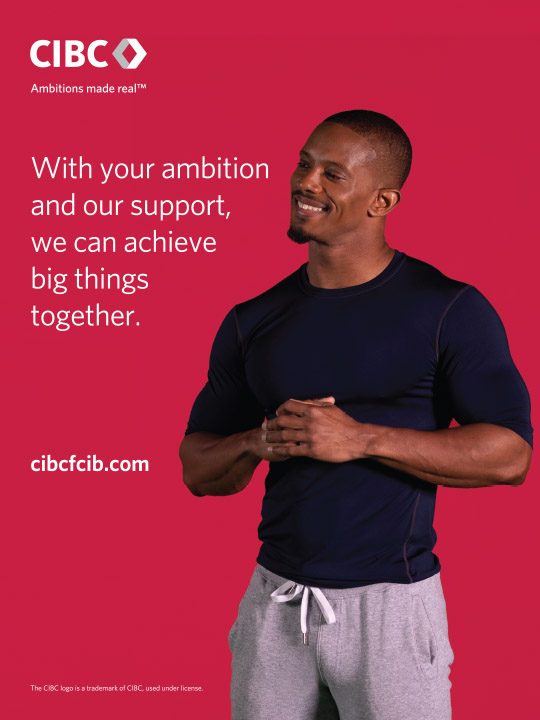Exercise and Ageing
Written by: Emma Anius
 Ever wonder what you’re going to be like when you get older? Or think about if you’ll be able to get out of bed independently, walk without support, or even play with your grand kids? As you age your body begins to gradually regress, your heart muscle becomes less able, your bones decrease in size and density which increases your chances of suffering from a skeletal injury, your muscle mass tends to decrease with age, this leads to an increase in fat, your memory becomes less efficient as the number of cells in the brain decreases so you take longer to learn new things or remember familiar words or names.
Ever wonder what you’re going to be like when you get older? Or think about if you’ll be able to get out of bed independently, walk without support, or even play with your grand kids? As you age your body begins to gradually regress, your heart muscle becomes less able, your bones decrease in size and density which increases your chances of suffering from a skeletal injury, your muscle mass tends to decrease with age, this leads to an increase in fat, your memory becomes less efficient as the number of cells in the brain decreases so you take longer to learn new things or remember familiar words or names.
This most certainly doesn’t sound like anything to look forward to, but there is something you can do to help slow down the effects of aging. Keeping active is one of the best ways to delay the effects of aging and maintaining a better quality of life, by preventing or reducing the chances of disease and disability. Exercising regularly has been shown to not only help maintain good health in the elderly but also prevent the onset of chronic diseases, such as heart disease, osteoarthritis and dementia.
Studies have not only shown that regular exercise can help ease the aging process but also those in their late thirties who have exercised throughout their life were able to add 1 to 2 years to their life, in comparison to inactive individuals. Studies have also shown that women who weight-trained saw an improvement in their performance on cognitive tests of memory and learning. The muscle-strengthening exercises also helped the volunteers, ages 65 to 75, boost their walking speed, which is a commonly used indicator of overall health status in the elderly, as faster paced walking has been linked with lower mortality. A study undergone in 1993 indicated that falls are the leading cause of fatal injury in people over the age of 75, strength and flexibility exercises can prevent falls and injuries by improving balance and mobility. Elderly people should also maintain high levels of cardiovascular endurance, strength and flexibility, as it would make them less likely to be dependent on others for care.
Everyone should participate in a form of physical activity, the earlier you start the greater the benefits in the long run. It is recommended that elderly people should ensure that they do approximately 30 minutes of cardio 5 days a week as this will improve the health and efficiency of their heart and circulatory system; this includes activities such as walking, swimming, or riding a bike. They should also participate in resistance exercises, such as weight lifting, this type of exercise helps build muscle tissue and reduce age-related muscle loss, it also helps strengthen bones to avoid suffering from any unwanted injuries. Elderly people should also start stretching to keep limber and doing balance exercises to reduce the chances of falling and injuring themselves.
If you suffer from any joint problems- water aerobics is the best option for you, as the water gives your body full support so there is no impact on the joints, which is beneficial if you have tenderness or pain in the join.
It is never too late to start exercising, starting from young is the best way to help avoid suffering from any ailments you may get as you age but no matter what age you are, your body will always reap the benefits. Looking after your body is the key to healthy living.
If you have no time to exercise or don’t know where to begin:
Beginner:
Squat jumps x 10, push ups x 10, bridge x 15, tricep dips x 10, burpes x 10
Advanced:
Squat jumps x 15, push ups x 15, bridge x 25, tricep dips x 15, burpes x 15
- For help with the exercises go to www.facebook.com/cyanfitness and view the photos
Note: Emma Anius is a Personal Trainer for Cyan Fitness promoting a ‘healthy life and a better you.’
Email: emma@cyanfitness.com
Facebook: www.facebook.com/cyanfitnes















Comments are closed.